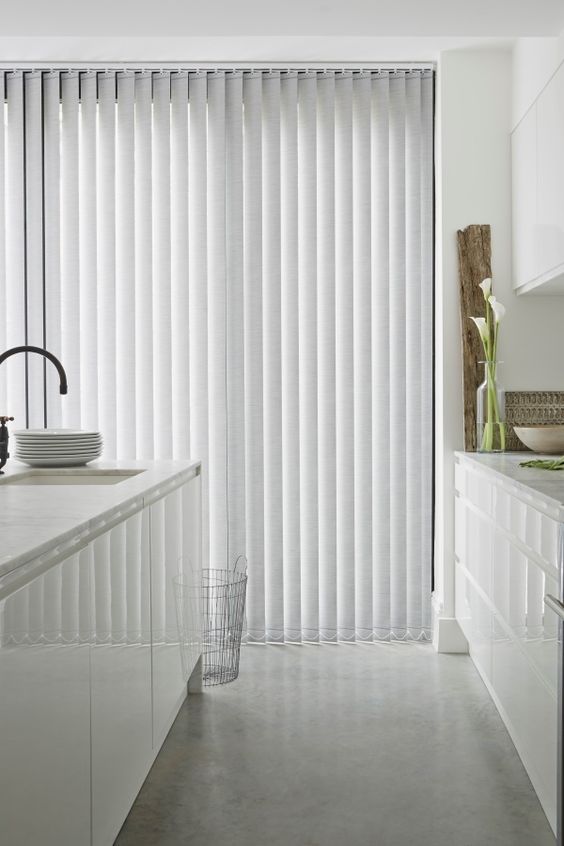In the realm of construction and industrial applications, sandwich panels stand out as an innovative and versatile solution that seamlessly combines strength, insulation, and efficiency. Comprising layers of different materials, these panels have become a cornerstone in modern architecture and various industries due to their exceptional properties and adaptability.
Structure and Composition:
At its core, a sandwich panels consists of three main layers – two outer layers, or facings, and a core material sandwiched in between. The facings, typically made of metals such as aluminum or steel, provide structural strength and protection, while the core material contributes insulation and rigidity. The choice of materials for both facings and the core can vary widely, allowing for customization based on specific application requirements.
Versatility in Applications:
One of the key reasons behind the popularity of sandwich panels lies in their versatility. These panels find application in diverse sectors such as construction, aerospace, automotive, and industrial facilities. In construction, sandwich panels are often used for roofing, wall cladding, and partitioning due to their lightweight nature and excellent thermal insulation properties. The ability to integrate insulation directly into the structure makes them an energy-efficient choice for building envelopes.
Thermal Insulation and Energy Efficiency:
The insulating core material in sandwich panels plays a crucial role in maintaining thermal comfort within structures. Whether it’s extreme temperatures in industrial settings or the need for energy-efficient buildings, sandwich panels excel at providing a barrier against heat transfer. This insulation capability not only enhances the energy efficiency of structures but also contributes to cost savings by reducing the need for additional heating or cooling.
Structural Integrity and Lightweight Design:
Despite their lightweight nature, sandwich panels boast remarkable structural integrity. The combination of strong outer facings and a rigid core material results in a structure that can withstand considerable loads. This characteristic is particularly advantageous in applications where minimizing weight is critical, such as aerospace and automotive industries. The lightweight design also simplifies transportation and installation, making sandwich panels a practical choice for a wide range of projects.
Fire Resistance and Safety:
Safety is paramount in any construction or industrial application, and sandwich panels are engineered to meet stringent safety standards. The choice of materials, especially in the core, can be tailored to enhance fire resistance. This makes sandwich panels a reliable choice for buildings where fire safety is a primary concern. The ability to customize fire-resistant properties ensures that these panels can be adapted to meet specific regulatory requirements.
Environmental Sustainability:
In an era where sustainability is a driving force in design and construction, sandwich panels have emerged as a green solution. The materials used in these panels can be chosen with an emphasis on recyclability and eco-friendliness. Additionally, the energy efficiency provided by the insulation properties contributes to overall environmental sustainability by reducing the need for constant heating or cooling.
Challenges and Future Developments:
While sandwich panels offer numerous advantages, challenges such as potential moisture absorption in certain core materials and concerns about recyclability of specific panel types remain. Researchers and engineers are actively exploring solutions to address these challenges, with ongoing efforts focused on developing even more sustainable and efficient sandwich panel designs.
Conclusion:
As we celebrate the birthday of sandwich panels in the construction and industrial landscape, it’s clear that these composite structures have revolutionized the way we approach building design and manufacturing. From energy efficiency to structural integrity, the versatility of sandwich panels continues to drive innovation and shape the future of sustainable and resilient structures. As technology advances and new materials emerge, we can anticipate further refinements in sandwich panel design, making them an even more integral part of the modern engineering landscape.


